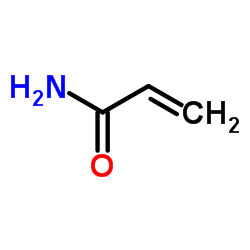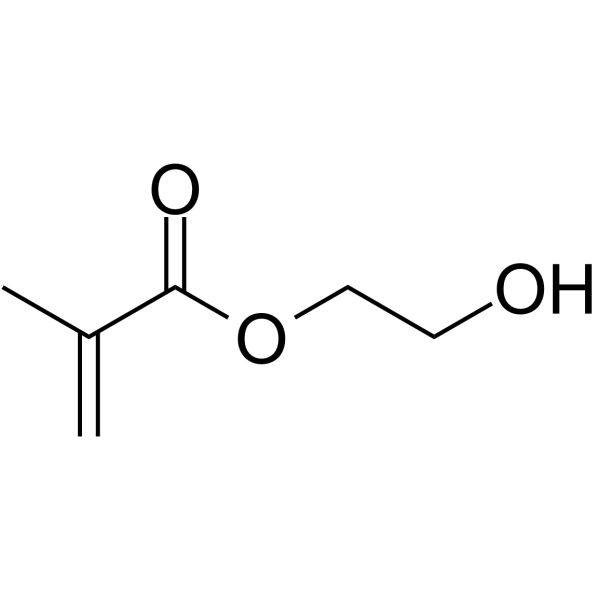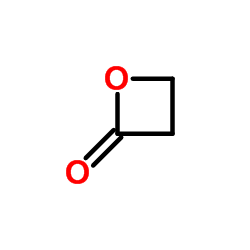| Structure | Name/CAS No. | Articles |
|---|---|---|
 |
Cuprous chloride
CAS:7758-89-6 |
|
 |
Acrylamide Crystals
CAS:79-06-1 |
|
 |
2-Hydroxyethyl methacrylate
CAS:868-77-9 |
|
 |
11-mercaptoundecanol
CAS:73768-94-2 |
|
 |
β-Propiolactone
CAS:57-57-8 |